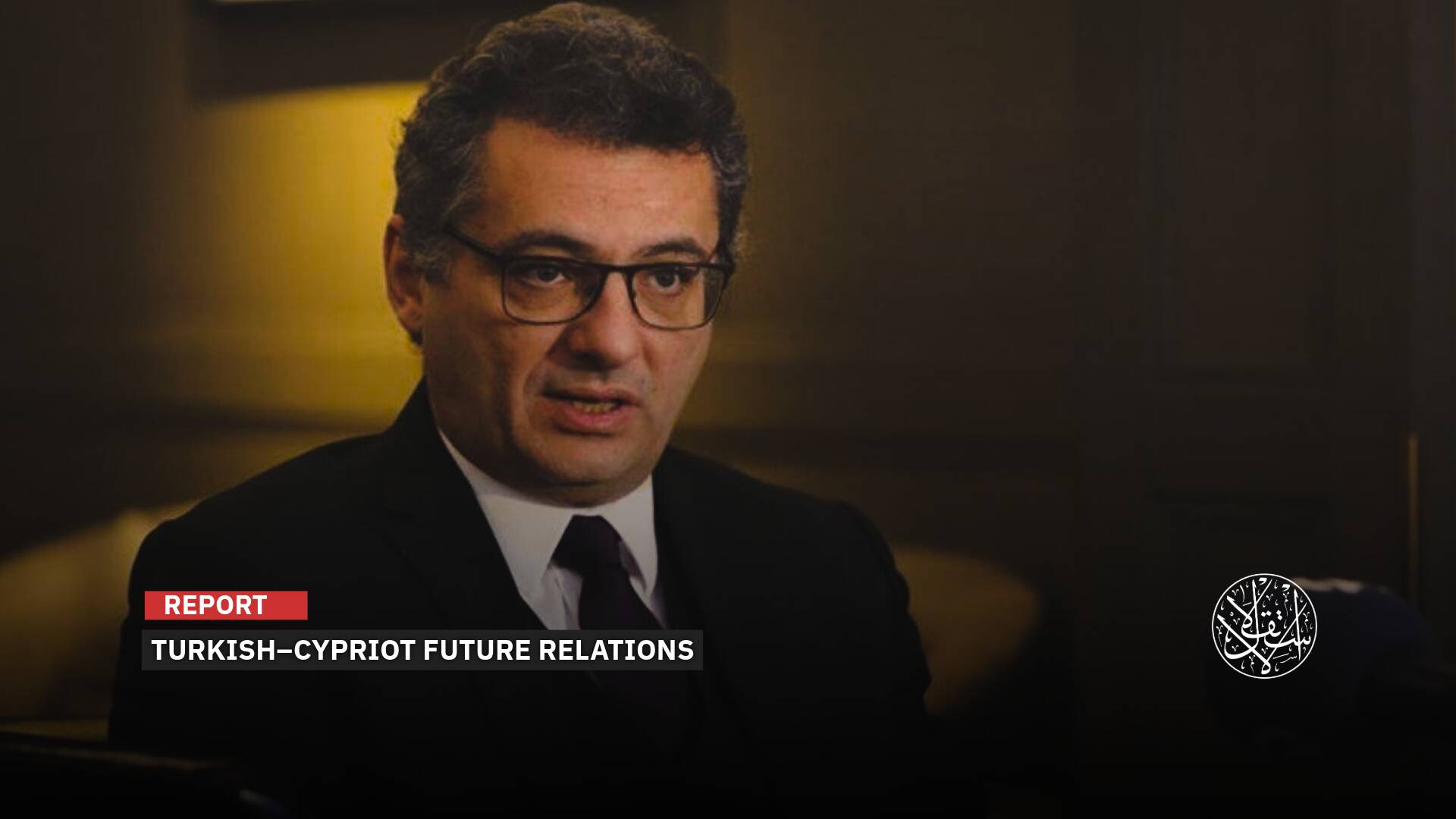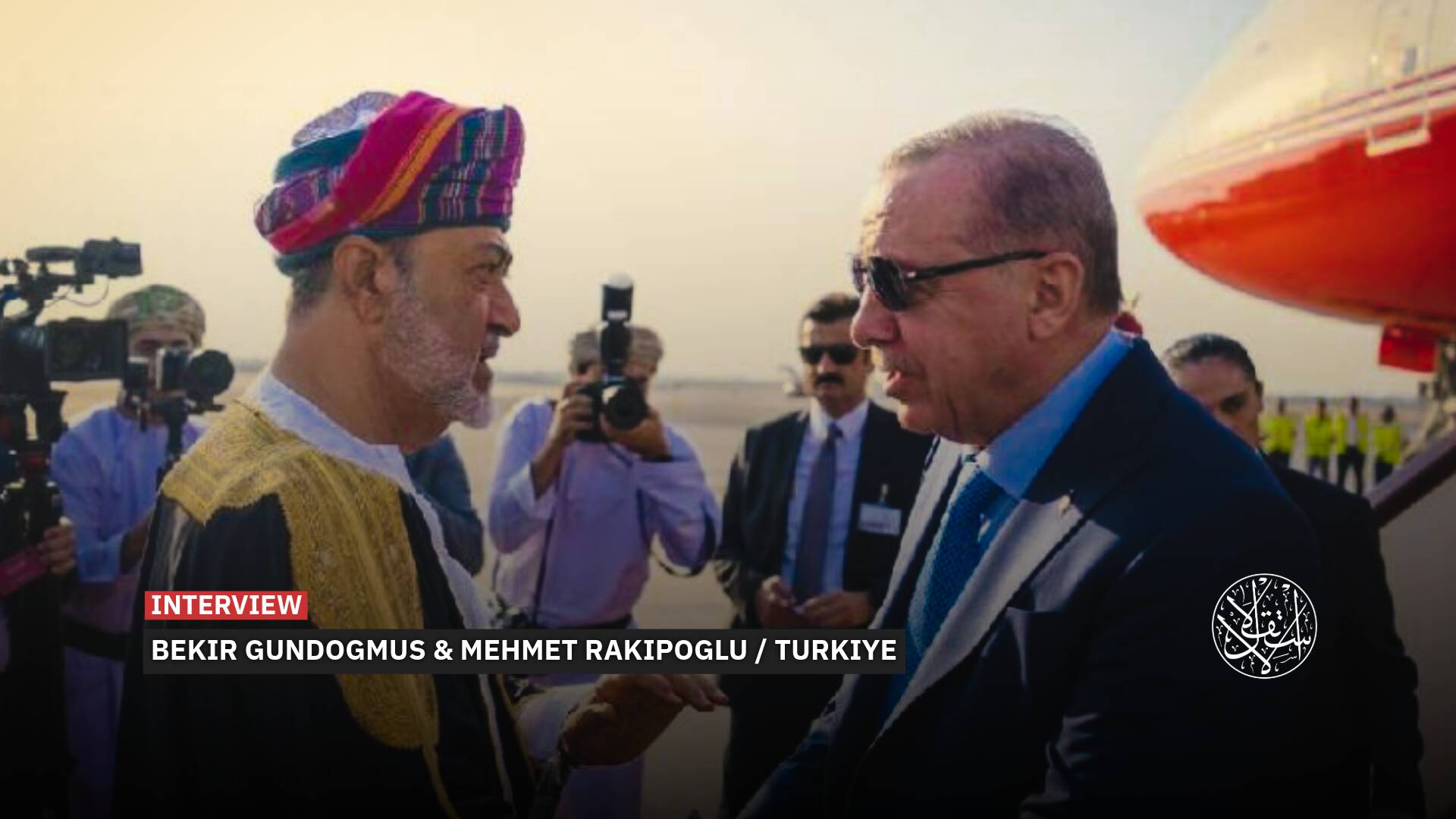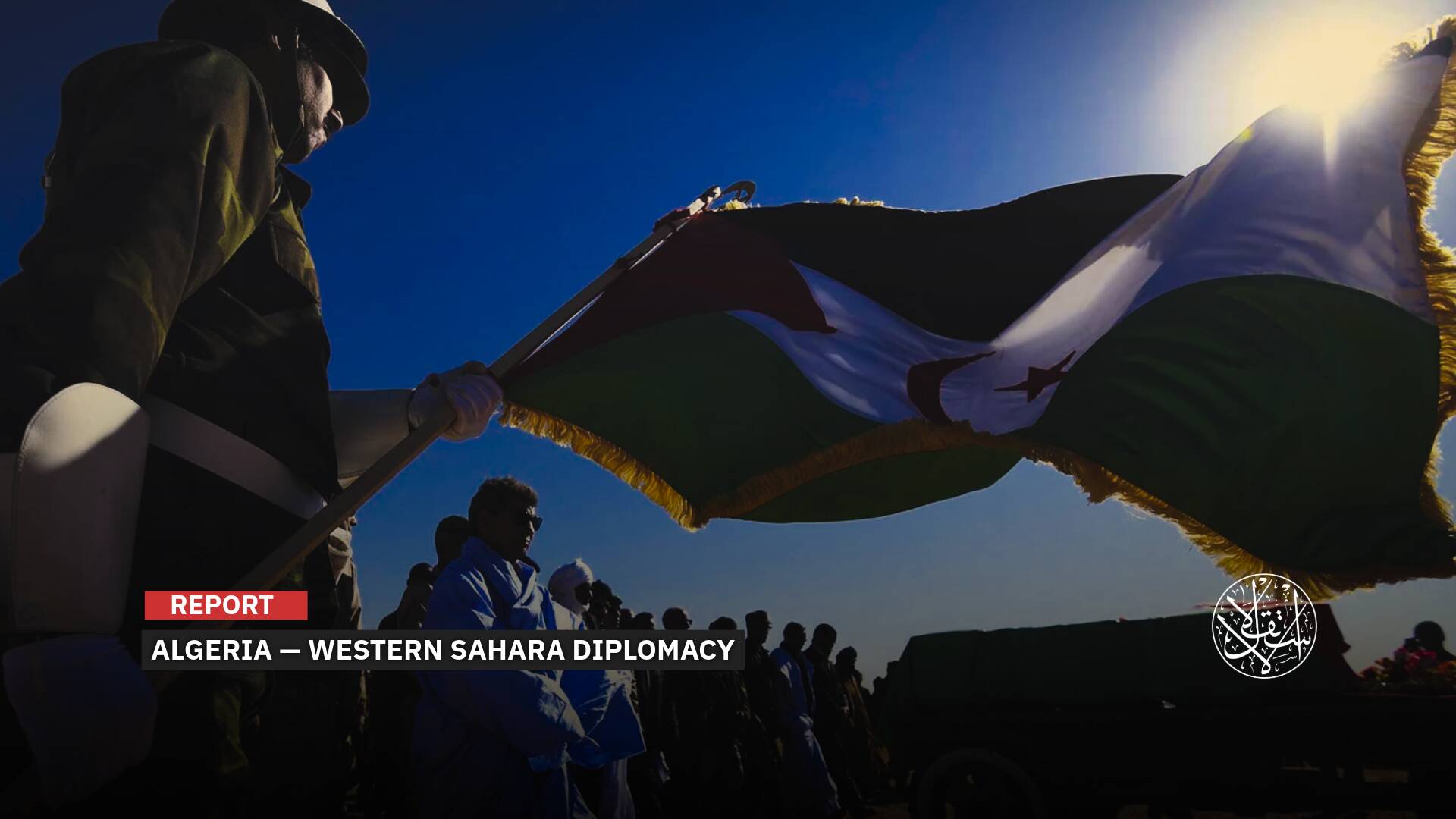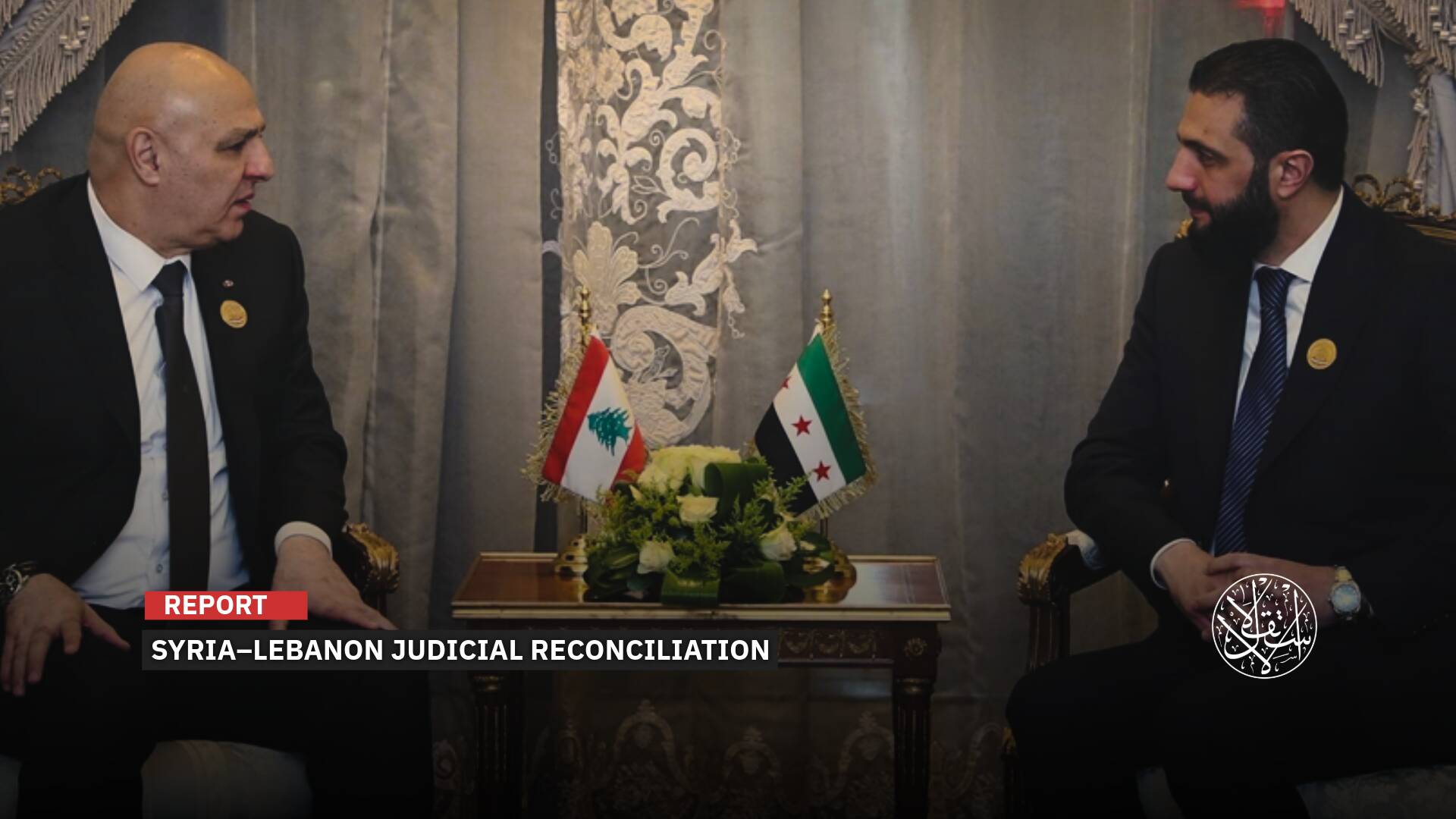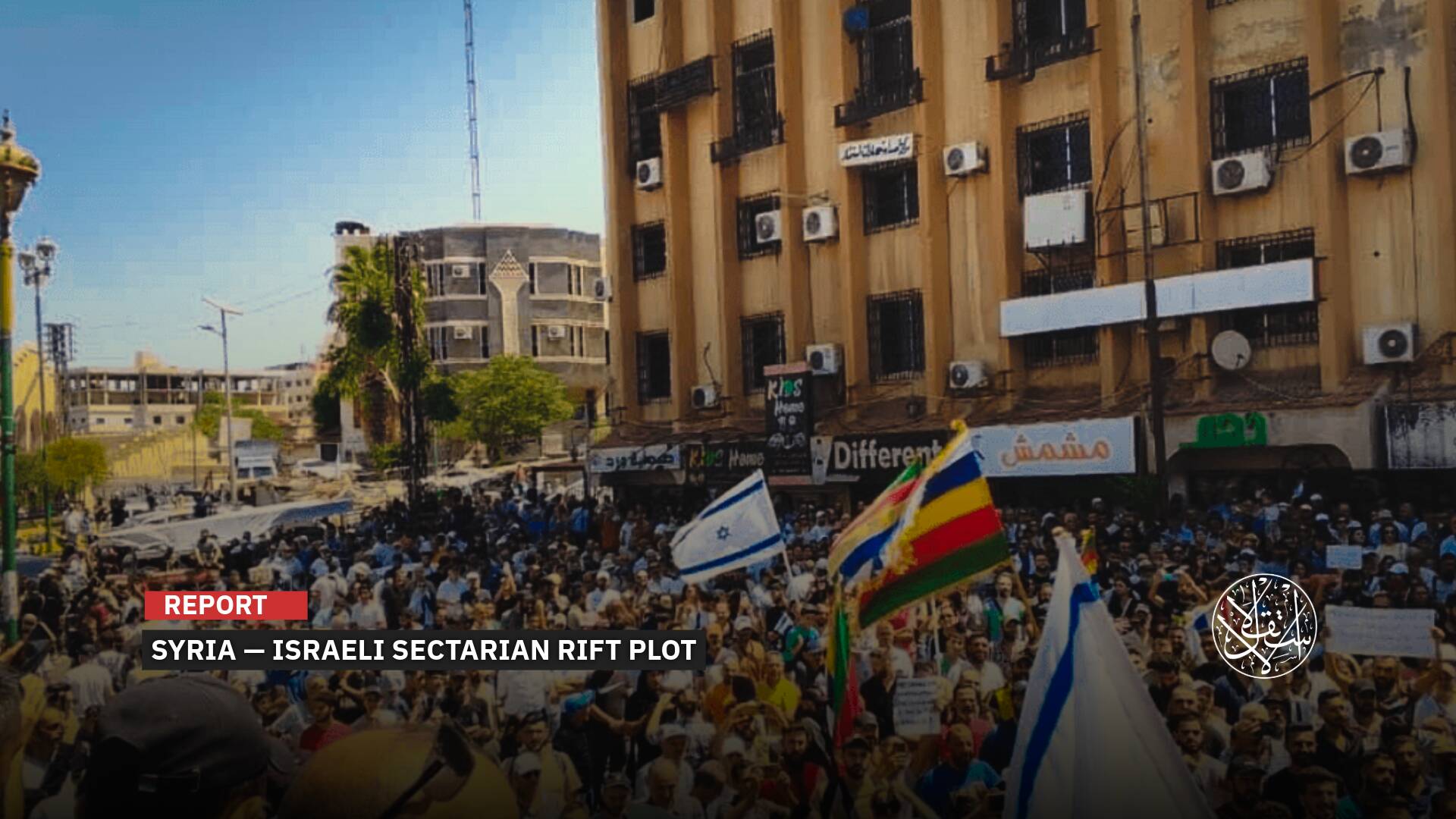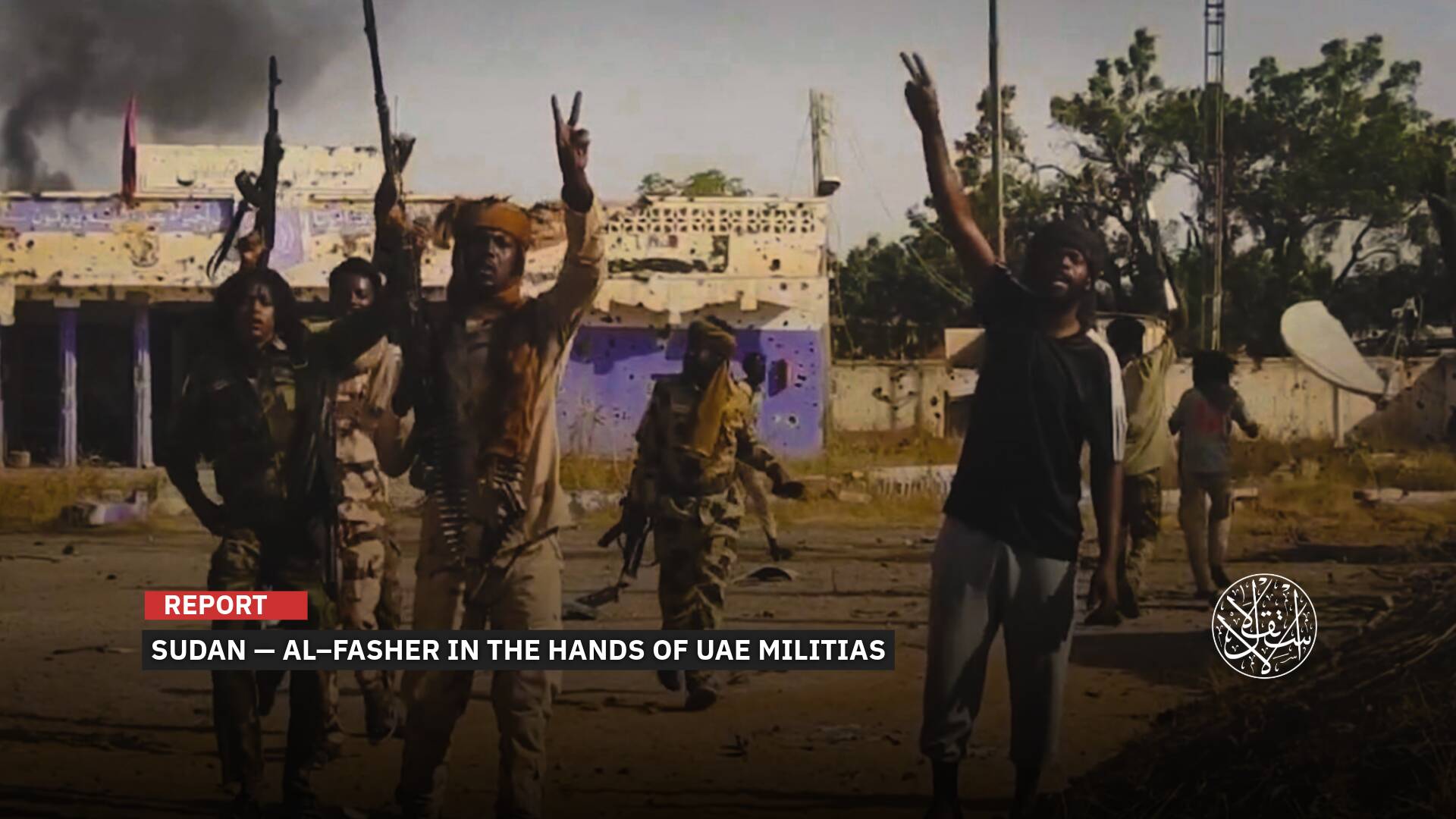'Im Tirtzu' Organization: Zionist Soldiers Disguised as Students Leading al-Aqsa Raids

It stood as a shield against any criticism of the Israeli Occupation army’s crimes in Gaza.
On May 26, 2025, tension clung to every corner of Occupied Jerusalem’s Old City. Tens of thousands of settlers packed its narrow alleyways, swaying to the beat of the “Flag Dance” in a celebration thick with racism and hatred.
But behind the angry crowds storming through Damascus Gate toward the “Western Wall” in what Zionists call the “Flag March,” there was more than just chaos. A far-right group known as Im Tirtzu was pulling the strings.
In a scene no less provocative, Im Tirtzu unfurled a massive banner from a building that read: “No Victory Without a Nakba.” They plastered ATMs with signs declaring: “Property of the Jews.” In Occupied East Jerusalem’s Palestinian neighborhoods, their chants echoed: “Death to Arabs” and “Let’s Destroy Gaza.”
As Prime Minister Benjamin Netanyahu gave a speech from a tunnel beneath al-Aqsa Mosque, far-right National Security Minister Itamar Ben-Gvir marched with Im Tirtzu, proclaiming: “Israel celebrates its sovereignty over Jerusalem.”
What began as a fringe student group targeting left-wing academics has now become the spearhead of Israeli Occupation’s far-right. Im Tirtzu dominates the scene of mosque raids, fuels hatred, and turns the Old City into a stage for displays of so-called “Zionist sovereignty.”
But how did this group rise to power? Who backs it? And how did it become the driving force behind Israeli Occupation’s most extreme narrative over Occupied Jerusalem and its holy sites?
Foundation and Leaders
Following Israeli Occupation’s humbling retreat in the 2006 Lebanon War, as its military and political elite scrambled to recover, another kind of battle was quietly unfolding at Hebrew University in Occupied Jerusalem.
It wasn’t a military one, but a cultural and ideological crusade led by two young Zionists — Ronen Shoval and Erez Tadmor — who launched what they called a “rescue campaign for the Zionist idea.”
By January 2007, they had officially registered a provocative new group under the name: “To Be a Zionist or Not to Be.” But the name that stuck — and stirred controversy — was its shorthand: Im Tirtzu, drawn from Theodor Herzl’s famous quote, “If you will it, it is no dream.”
These weren’t ordinary students. Shoval had been the spokesperson for the “Orange Cell” tied to settler groups. Tadmor openly described himself as a far-right activist and was deeply involved with the Likud party.
Both men were graduates of the “Young Leadership” program at the Institute for Zionist Strategies — one of the key engines shaping Israeli Occupation’s new nationalist ideology.
Soon, others joined the founding circle: Lior Shurka, Naom Aharon, and Amit Barak. Together, they formed the intellectual core of Im Tirtzu, a lobbying group bent on “cleansing” Israeli universities of what they called the “ghosts of post-Zionism.”

'Im Tirtzu's' Discourse
From the day it was founded, Im Tirtzu set out with a clear mission: to promote Zionist values, renew nationalist discourse, and secure “Israel’s future as a purely Jewish state.”
But in the eyes of the movement, Israeli Occupation’s greatest threats don’t come from outside. They lie within — in what Im Tirtzu calls the “cultural left,” the “post-Zionist academic elite,” and the “defeatist media.”
This inward-facing strategy has led the group to zero in on universities and civil society. It launched smear campaigns against professors accused of supporting Palestinians, staged protests targeting human rights organizations, and pushed a narrative that treats any criticism of “Israel” as an act of betrayal.
After founder Ronen Shoval stepped down in 2013, Im Tirtzu appointed Matan Peleg as its CEO. Peleg, who had founded the group’s Haifa chapter, also led the “National Mission” program — an initiative aimed at cementing Jewish identity in mixed cities and campuses.
Under Peleg’s leadership, the movement expanded its influence. Alon Schvartzer was brought in to head its policy division, marking a strategic shift from student activism to shaping legislation and public discourse. Im Tirtzu was no longer just a fringe group — it became a major player in molding Israeli public opinion, particularly among students and youth.
By 2018, the movement established its own legal department and began representing the so-called Forum of Bereaved Families—relatives of those killed in “Israel’s” wars of aggression against the Palestinian people—used as a cover to justify retaliatory measures against Palestinians.
It also backed laws granting economic perks to army reservists, reinforcing privileges for members of the religious-Zionist camp.
But perhaps the group’s biggest stamp of legitimacy came in 2020, when Hebrew University in Occupied Jerusalem recognized Im Tirtzu as an official organization whose activities counted for academic credit under the Social Engagement Act.
Ariel University in the West Bank soon followed. Tel Aviv University, however, drew a red line — outright rejecting recognition of Im Tirtzu on political grounds, calling it “an organization with an extreme ideological agenda.”

Zionism at Home
Im Tirtzu has never been just a student protest movement erupting from Israeli campuses — it is a sprawling, well-funded ideological project, backed by a cross-border network intent on driving what it calls a “new Zionist revolution.”
From its inception, the movement set its sights on a clear strategic objective: to infiltrate Israeli universities and colleges, recruit thousands of students under the banner of Jewish national identity, and prepare them to become the next Zionist generation in the face of what it sees as a dangerous leftward drift in Israeli society.
By 2009, Im Tirtzu was operating around 20 active student cells across major campuses, including Hebrew University, Tel Aviv University, Haifa, and Beer es-Sab. It had about 1,000 registered members paying membership fees and more than 5,000 participants engaged in its activities — from seminars and ideological training sessions to protests and demonstrations both on and off campus.
This extensive grassroots presence was underpinned by an expanding and intricate funding system. In its early years alone, Im Tirtzu raised millions of shekels from both domestic and international sources — especially from U.S.-based organizations known for their staunch support of Zionist and religious-nationalist causes.
Top Funders
In 2007, the movement raised approximately 250,000 shekels, with one of its primary backers being the Central Fund of Israel, which contributed $34,000 — a notable sum for a new organization.
In 2008, the Israel Segal Foundation emerged as the top donor, providing more than 190,000 shekels. But the real leap came in 2009, when donations surged to 456,000 shekels, including 375,000 from the Jewish Agency.
That same year, the American evangelical organization Christians United for Israel (CUFI), led by the hardline Pastor John Hagee, donated roughly 761,000 shekels — one of the movement’s largest single-year boosts.
However, CUFI later withdrew its support. In August 2010, it publicly announced it was cutting ties with Im Tirtzu, stating that they were misled; they were told the organization focused on Jewish education, but were surprised by its involvement in domestic politics and incitement campaigns.
Despite that withdrawal, the financial pipeline remained strong. In 2010, Im Tirtzu hit a new record, raising 1.66 million shekels. In 2011, it received its largest individual donation to date: 312,500 shekels from the Central Fund of Israel.
By 2014, donations climbed to 1.73 million shekels, including nearly 780,000 from the same fund. Then came the watershed moment in 2015 — funding soared to an extraordinary 7.04 million shekels, reflecting the movement’s growing influence, particularly under successive right-wing governments.
The momentum slowed in 2016, with donations dropping to 2.62 million shekels, then stabilizing around 3.8 million in 2019, mostly from local Israeli sources.
Tracing Im Tirtzu’s funding history reveals more than just financial capacity — it exposes a cross-border support network that powers its ideological and political agenda.
According to a 2020 study by the Center for Strategic Studies and Value Development in Cairo which focused on Israeli extremist movements — especially Im Tirtzu — American funding, particularly from Christian Zionist groups and pro-”Israel” lobbies, was never merely financial. It represented a long-term investment in a movement designed to shape a new generation of Jewish nationalists, ready to engage in political, cultural, and even religious confrontation.

Internal Disputes in ‘Israel’
In July 2010, Professor Rivka Carmi, president of Ben-Gurion University, likely did not anticipate that a protest letter from the organization Im Tirtzu would turn her institution into a battleground between academia and politics.
The letter called for a “radical correction” of the university’s Department of Politics and Government, accusing its faculty of “anti-Zionist bias” and indoctrinating students with “far-left ideas” instead of providing balanced academic instruction.
Im Tirtzu, an active presence on university campuses, threatened to advise parents against enrolling their children in the department and warned it would contact foreign donors to apply financial pressure on the university unless its demands were met.
This marked the organization’s first overt attempt to wield its political and financial influence to reshape academic curricula.
The university administration firmly rejected the campaign, denouncing it as a “McCarthyist” effort that undermines democratic values and academic freedom.
In an unprecedented move, the Committee of University Heads in “Israel” issued a statement declaring: “No university in Israel needs to prove the patriotism of its faculty to any political body—especially one that disguises political propaganda as academic research.”
Im Tirtzu did not back down. In November 2011, the group’s magazine published a detailed report alleging “widespread leftist politicization” within the department.
The report coincided with a separate document from the Institute for Zionist Strategies, prompting a wave of parliamentary debate. The Knesset’s Education Committee convened two special sessions on the issue, followed by four additional meetings in the Council for Higher Education.
The result was a formal statement affirming the importance of academic freedom while urging universities to ensure “diversity of viewpoints” in course content and to avoid marginalizing students or faculty based on their political beliefs.
In a controversial development, an independent international committee later recommended shutting down the department entirely, citing its “clear political bias.”
Although the university successfully appealed the recommendation and the decision was suspended, much of the Israeli media interpreted the outcome as a clear victory for Im Tirtzu.

Nazi Style
In June 2013, the movement escalated its tactics by launching what it called the “Shameful Cases Competition” within Israeli academia — essentially an open blacklist targeting lecturers who didn’t toe the movement’s line.
Fast forward to March 2015, activists crashed a lecture by Professor Amiram Goldblum at the Hebrew University, interrupting his talk to protest his previous remarks accusing the movement of fascism and Nazi-like tactics.
The university responded by suspending the student branch of the movement for a month — but the tension was far from over.
By 2019, Goldblum declared he wouldn’t allow students wearing the movement’s symbols to attend his lectures — even threatening to block their admission to graduate programs.
In retaliation, the movement filed a petition with Israel’s Supreme Court demanding disciplinary action against both Goldblum and the university.
The court rejected the petition outright in November 2020, backing the university’s discretion and noting Goldblum’s public apology. The university warned that any attempt to carry out the threats would lead to immediate dismissal.
Many academics see the movement’s efforts not just as political targeting, but as a campaign to redefine who is “patriotic” and who is a “traitor” within Israeli academia. As Professor Uri Hadar said: “This movement’s actions are part of a McCarthyite effort to silence certain voices from public debate and label them as intellectually illegitimate.”
Backing the Army’s Crimes
From university campuses to the streets, the movement’s violent face has grown sharper. Despite Im Tirtzu trying to paint itself as a “centrist movement outside parliament,” its presence at the Flag March and the storming of al-Aqsa Mosque revealed its true nature.
What began as a theoretical group has turned into a frontline tool in the battle over identity and sovereignty. It’s been a key organizer of provocative marches into the sacred Old City, raising shockingly racist slogans like: “No victory without another Nakba for the Palestinians.”
While protests against the Israeli government and its controversial plans multiply inside “Israel,” Im Tirtzu moves steadily in the opposite direction — fortifying nationalist rhetoric and normalizing it on every front, from the streets of Hebron to lawyers’ offices in Haifa.
At the start of 2024, the far right group launched student tours to one of the most legally and politically sensitive areas — the illegal Israeli settlement inside Hebron, condemned by international law.
One of Im Tirtzu’s main campaigns is its broad support for the Israeli Occupation military, going far beyond symbolic gestures.
The movement claims that “supporting Israeli soldiers is one of its core pillars,” whether through morale-boosting campaigns, distributing care packages during wars, or legally confronting any civil or cultural groups it sees as insulting military uniforms.
Im Tirtzu’s role stood out during the brutal assault on Gaza, acting as a shield against criticism of the army’s war crimes or attacks on Netanyahu amid the prisoners’ crisis.
The group is among the extremist organizations refusing any ceasefire in Gaza, demanding full occupation of the Strip and the expulsion of as many Palestinians as possible.
Sources
- Silencing the Nakba with Eurovision
- Im Tirtzu: A Far-Right Watchdog of Intimidation—“Zionism or Extinction” [Arabic]
- Israeli Far-Right Movements: The Case of Im Tirtzu [Arabic]
- Extremist Groups and Movements in Israel [Arabic]
- Bennett Slams Im Tirtzu: “The ‘Foreign Agents’ Campaign Is Embarrassing and Unnecessary” [Hebrew]
- Im Tirtzu’s Incitement Campaign—Inspired by Netanyahu [Hebrew]
- A Vile New Campaign: Complaint Filed Against Im Tirtzu for Incitement [Hebrew]



